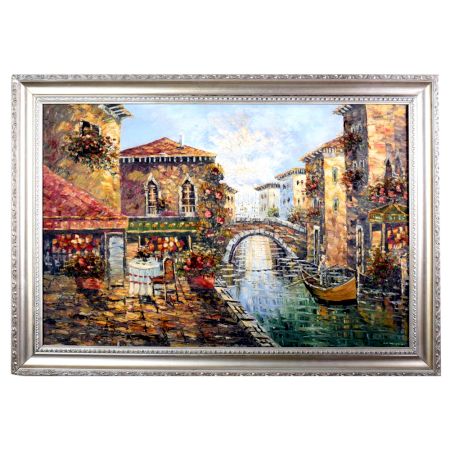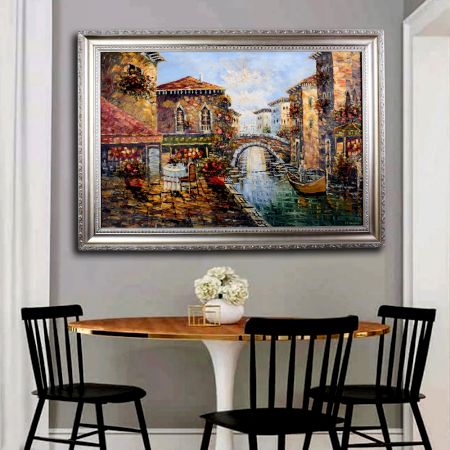The Art of Oil Painting: Techniques, Tools, Aesthetics, and Timeless Significance
Oil painting is a meditative brushstroke on the canvas of time—slow, deliberate, and layered. It’s not just pigment mixed with oil; it’s memory suspended in linseed. Unlike watercolor’s ephemeral wash or acrylic’s quick-drying flash, oil breathes, waits, evolves. Its opacity allows for depth; its viscosity permits reworking. Each layer sits atop another like sediment in riverbeds—transparent glazes, impasto ridges, chiaroscuro shadows. Oil painting is about patience and permanence. It’s the medium of Rembrandt’s darkness, Van Gogh’s thickness, and Vermeer’s light. It is both a mirror and a veil—a lingering touch rather than a gesture, a whisper more than a shout.
What Is An Oil Painting?
An oil painting is a visual composition created using pigments bound in drying oils—commonly linseed, walnut, or poppyseed. What sets oil painting apart is its prolonged drying time and versatile texture. It allows an artist to blend edges softly, build surface with thick impasto, or layer translucent glazes for luminosity. Unlike watercolor, which stains the surface, or acrylics that dry plastically and quickly, oil is patient—it waits for the artist’s second thoughts. Its texture is buttery; its tone, rich; its finish, either matte or luminous depending on treatment. Think of oil as clay for painters: malleable and sculptural. The medium holds history in its density, from the underpainting’s sketchy bones to the final varnish’s gloss. Where other mediums are momentary, oil feels eternal—a stained-glass window of emotions and ideas. Its weight lies not just in the pigment, but in the time and touch each layer demands.
What Does An Oil Painting Aim To Capture Or Convey?
Oil painting, at its core, is about stillness—pausing life long enough to feel it. It doesn’t just record what is seen but transcribes what is felt beneath the skin of reality. The medium often captures atmosphere: a storm behind Turner’s ship, the quiet of light through Vermeer’s window, or the ache in Van Gogh’s swirling skies. It deals in temperature and emotion—blues aren’t just hues, they’re cold silences or lonely nights. Reds, not just blood, but memory. The goal isn't mere representation but translation—of soul, silence, time, and even violence into tone and texture. Stories unfurl in layers: a face under shadow, a tear lost in a brushstroke. Oil paintings often lean into the psychological, the personal, the sacred. They invite the viewer to linger, decode, breathe slower. They’re not loud, but deep—more fugue than melody. They hold space, and in doing so, offer a sanctuary of thought.
What Are The Different Types Of Oil Paintings?
Oil painting speaks in many dialects. Impasto is thick—sculpted light, tactile emotion—where every stroke stands like frozen motion. Glazing is the opposite: translucent veils, like memory washed over memory. Alla prima (wet-on-wet) is jazz—improvisational, bold, unrehearsed. Realism chases light and shadow until they yield to truth; it observes. Abstract unhooks the visible, chasing feeling over form—gesture over subject. Each style shifts tone: impasto is raw; glazing, reverent; realism, studied; abstraction, untamed. Techniques alter texture too—smooth transitions or jagged edges, dense pigment or thin whispers. These modes aren’t just visual—they’re emotional vocabularies, each with their own rhythm and soul.
How Do Various Oil Painting Styles And Approaches Differ In Texture, Tone, And Technique?
The soul of an oil painting shifts dramatically across styles, like varying brushstrokes of the same emotional palette. Impasto carries weight—both literal and emotional—thick ridges of pigment that cast shadows and catch light, often evoking chaos, urgency, or passion. Its texture is palpable, almost sculptural. In contrast, glazing uses thin, layered transparency; its tone is intimate, like whispering through light. It invites reflection and patience. Alla prima, painted in one breath, leans on immediacy and intuition—its strokes are confident, tone vivid, often spontaneous in emotion. Realism demands discipline and careful layering; it studies the world as it is, but also reveals quiet tensions beneath surfaces. Meanwhile, abstract work dismisses representation—texture becomes a language, tone becomes a mood, and technique becomes pure gesture. Some styles seduce, others confront. What unites them is oil’s capacity for layering meaning, where every texture or tonal shift is a brush against human consciousness.
Techniques & Tools of Oil Paintings
Oil painting is both architecture and breath—a process that begins with a primed canvas and ends in varnished light. Tools like hog bristle brushes carve motion into the canvas, while palette knives drag pigment like a sculptor’s chisel. Underpainting sets tonal structure, often in umber or grisaille, anchoring composition like bones beneath flesh. Glazing, impasto, scumbling—these are not merely effects but emotional textures. Linseed oil slows time, while turpentine sharpens gesture. Each layer speaks to the last, as chiaroscuro builds tension and sfumato softens it. This medium isn't hurried. It requires stillness, observation, and the courage to revise before the surface dries into memory.
How Do You Create An Oil Painting Correctly?
Creating an oil painting is akin to orchestrating a symphony, where each instrument—brush, pigment, medium—plays in harmony. It begins with selecting a support: stretched linen or gesso-primed wood panel. The first act is the underpainting, often monochromatic, laying out shadows and forms like scaffolding. Then comes blocking in, applying general color fields to understand temperature and weight. Mid-layers explore local color, texture, and form. You can use fat-over-lean—adding more oil with each successive layer—to ensure drying integrity and prevent cracking. Techniques such as glazing (transparent pigment suspended in oil) give luminosity, while impasto builds tactile weight where emotional peaks demand it. The final pass involves detail, highlights, and edges softened or sharpened for rhythm and focus. A painting is finished when silence emerges—when nothing more can be added without disturbing its balance. Varnishing, done after months, protects this equilibrium like glass over a relic.
What Materials Are Used For Oil Painting (canvas, Brushes, Oil Mediums, Varnishes)?
Oil painting materials are chosen as deliberately as a playwright casts characters. The canvas, often linen or cotton, must be primed with gesso—white ground echoing silence before speech. Brushes vary: hog bristle for muscular marks, sable for lyrical gestures. Palette knives cut through space, layering paint like sediment. Oil paints are pigment suspended in linseed or walnut oil—earth and flame made fluid. Mediums like stand oil or damar varnish alter transparency, drying time, and flow, much like directing light across a stage. Solvents like turpentine or Gamsol open the paint, thinning it like thought into impression. Varnishes—retouch or final—seal the narrative, deepening color and protecting from time. Wooden palettes, mahl sticks, easels—these are not just tools but extensions of intent. Each item contributes to the painting’s breath and architecture, giving form to intuition, translating gesture into permanence.
How Do You Choose The Right Oil Painting Style Or Technique For Your Subject?
Choosing a painting style is like choosing the rhythm of a character’s monologue. You must feel the subject’s pulse. A stormy seascape might demand impasto—thick strokes that scream wind and foam, each brushstroke sculpted like a crashing wave. A quiet portrait might call for sfumato, edges melting like breath on glass, shadows whispering in glazes. Alla prima suits spontaneity, ideal for capturing fleeting light or emotion in one sitting. Meanwhile, glazing over multiple layers suits introspective works where depth unfolds slowly, like reading memory. Subject and emotion are inseparable here—does the story call for contrast or subtlety? Harmony or disruption? A sleeping child versus a war-torn street requires radically different approaches. Consider also surface: rough textures enhance boldness, while smooth grounds favor soft transitions. The style is a language; the brushstroke, your dialect. Let the subject speak first—your hand will follow.
Purchase & Options of Oil Paintings
Oil paintings, with their timeless depth and rich textures, have long been the crown jewel of fine art collections. Their tactile qualities—thick impasto strokes, delicate glazing, and deep chromatic layering—offer a unique sensory experience that connects viewer and artist across centuries. Choosing to purchase an oil painting is more than a transaction; it’s an invitation into a visual dialogue steeped in history, craft, and emotion. Navigating the options requires both an aesthetic sensibility and an understanding of provenance, authenticity, and the subtle signs that distinguish a genuine original from a mere reproduction.
Where Can You Buy Quality Oil Painting Supplies?
Quality oil painting begins with materials that honor the craft’s tradition. Offline, specialist art supply stores such as Blick, Jerry’s Artarama, or London’s Cornelissen offer the tactile assurance of handling brushes, canvases, and paints, each imbued with distinct textures and weight. Online, trusted platforms like Jackson’s Art Supplies provide access to premium brands like Gamblin or Winsor & Newton, known for their pigment intensity and buttery consistency. The choice of brushes—hog bristle for bold impasto, sable for fine detail—along with primed linen or archival cotton canvases, forms the physical language through which oil paints articulate their stories. Quality sourcing is thus a balance of touch, trust, and tradition.
Comparison of Oil Paintings
The evolution of paint mediums has long shaped artistic expression, with oil and acrylic representing two divergent paths in the painter’s toolkit. Each medium speaks its own language through texture, drying rhythm, and finish, shaping the mood and tempo of the creative process. Understanding their fundamental differences illuminates the choices artists make in manipulating form, light, and atmosphere—whether through oil’s slow, luminous build-up or acrylic’s fast, vibrant immediacy.
Oil Paintings Vs Acrylic Paintings: What’s The Difference?
Oil paints offer a languid, tactile experience—slow drying that allows for smooth blending, complex layering, and a natural glossiness that enhances depth and vibrancy. This temporal flexibility nurtures techniques like wet-on-wet blending or translucent glazing, essential for chiaroscuro or sfumato effects. Acrylics dry rapidly, facilitating quick layering and sharp edge definition but often lack oil’s inherent luminosity unless modified by mediums. The finish varies—acrylic’s can range from matte to satin—whereas oil’s sheen seems to glow from within. Artistically, oils demand patience and subtlety; acrylics invite immediacy and bold experimentation. Both mediums offer unique expressive possibilities shaped by their physical and chemical properties.
Creative Use & Aesthetics of Oil Paintings
Oil paintings are not only vessels of visual storytelling but also potent tools in spatial and lifestyle aesthetics. Their textured surfaces and chromatic richness engage the eye and tactile senses, transforming walls into immersive environments. Beyond galleries, oils animate home interiors and artistic projects, integrating historical craftsmanship with contemporary design sensibilities. Their presence alters the ambiance, inviting viewers into layered experiences of color, light, and texture.
What Are Some Creative Uses Of Oil Paintings In Home Decor Or Artistic Projects?
Oil paintings serve as dynamic anchors within interior design, where their surface textures—whether the rough peaks of impasto or the smooth, ethereal glazes—interact with ambient light to create shifting visual narratives. In minimalist or modern spaces, a single oil canvas injects warmth and emotional depth; in vintage or eclectic settings, oils harmonize with antique frames and patinas, enhancing narrative cohesion. Artists often combine oils with mixed media—collage, metallic leaf, or fabric—heightening textural contrasts and conceptual depth. As lifestyle aesthetics, oils transcend decoration, becoming touchstones of cultural identity and personal expression, inviting a sensuous dialogue between art and daily living.
Faqs
- What are oil paintings used for? Are they mostly decorative, collectible, symbolic, or narrative in function?
Oil paintings act as multifaceted vessels — a blend of narrative, symbolism, and decoration. Like a chiaroscuro masterwork, they capture layers of meaning beneath the surface, telling stories that unfold with every viewing. Historically, they were narrative archives, chronicling myth, history, and intimate portraiture. Symbolism seeps through their brushstrokes—hidden codes or cultural emblems that invite interpretation. Today, they serve as both collectible treasures and decorative anchors, adding tactile warmth and depth to spaces. The slow drying time of oils encourages rich layering and glazing, enabling artists to embed emotional subtext and illusionistic depth. So, oil paintings transcend mere decoration; they are intimate dialogues—timeless mirrors reflecting societal ethos, personal memory, or aesthetic delight. - What surface or canvas type is best for oil paintings? How does the texture, weight, or priming of a canvas affect the final outcome?
The canvas choice is akin to a painter’s palate foundation. Linen, with its fine weave and strength, offers a resilient, smooth tooth ideal for delicate glazes and subtle brushwork, while cotton canvases lend accessibility and a slightly coarser texture that can invigorate expressive impasto. The weight of the canvas influences tension and surface stability—heavier canvases resist sagging, preserving brushstroke integrity. Priming, especially with lead or acrylic gesso, creates a barrier controlling oil absorption, preventing canvas deterioration and enhancing luminosity. A slick, smooth primed surface allows for intricate detail; rougher textures invite tactile, energetic strokes. The canvas texture converses with brush marks and pigment, transforming flat paint into a living, breathing surface where light dances—integral to the painting’s final emotional and visual resonance. - Can oil paintings be preserved without yellowing or cracking? What are the best practices for longevity and maintenance?
Preservation is a delicate choreography between material science and environmental care. Yellowing or cracking arises from aging oils oxidizing or improper layering—‘fat over lean’ is essential: thinner, lean underlayers followed by progressively oil-rich layers prevent brittleness. Varnishing with natural or synthetic resins shields paint films from dust, UV rays, and humidity fluctuations, crucial for color fidelity and surface sheen. Controlled climate—stable temperature around 20°C, 50% humidity—limits expansion and contraction cycles that cause craquelure. Avoid direct sunlight and harsh artificial light to stave off pigment degradation. Regular dusting with a soft, dry brush or microfiber cloth maintains surface purity; solvents and water are taboo unless by professionals. Proper framing with acid-free backing and UV-protective glass further safeguards the painting’s vibrancy and structural integrity over decades. - Are oil paintings permanent or do they age over time? How does oil paint behave decades later—and does it retain vibrancy?
Oil paintings are living entities that evolve with time’s passage. While their pigments and binders are durable, the physical matrix slowly shifts—oil undergoes polymerization, hardening but becoming more brittle. This can cause micro-cracking or subtle surface shifts. Some pigments darken or yellow due to chemical changes, notably certain earth tones or whites. However, high-quality, lightfast pigments combined with proper technique can preserve vibrancy for centuries. The layered translucency in glazing intensifies over time, often enriching the depth and emotional resonance. Yet, an unvarnished or poorly maintained painting risks dullness. So, oil paintings are simultaneously permanent and fragile—time amplifies their patina and narrative, but only careful stewardship allows their chromatic vitality and textural complexity to endure fully. - What type of oil paint is best for depth, contrast, or glow? Which pigments or brands stand out for their richness or lightfastness?
For profound depth and glow, pigments with strong opacity and refractive qualities are vital—Cadmium reds and yellows offer radiant warmth; ultramarine and cobalt blues provide atmospheric depth; and transparent pigments like alizarin crimson excel in glazing for luminous layering. Titanium white stands as the cornerstone for contrast, thanks to its high opacity. Brands like Old Holland and Winsor & Newton are revered for pigment purity and buttery consistency, maintaining lightfastness and saturation. The use of linseed oil mediums enhances drying time and gloss, heightening chromatic intensity. Venetian red or burnt sienna create earthy grounding tones, while modern synthetic pigments like quinacridone deliver brilliance with durability. The interplay between pigment quality, oil medium, and brush technique crafts the painting’s visceral luminosity and dimensional contrast. - Are oil painting techniques universal across genres? Can the same brush techniques be used in landscapes, portraits, and abstracts?
Oil painting techniques embody a fluid universality, adaptable yet nuanced across genres. The fundamental brushwork—scumbling, glazing, impasto, wet-on-wet—remains consistent, but their application morphs to serve thematic intent. Landscapes embrace broken, textural strokes to suggest foliage or atmosphere; portraits demand soft blending for flesh tones and precise contouring to capture expression; abstracts revel in bold, gestural marks, layering texture and color for emotional impact. The painter’s touch shifts from mimetic realism to expressive abstraction, but the vocabulary of brush marks, layering, and texture is shared. This universality allows artists to transcend subject matter while maintaining a cohesive tactile language—each stroke a dialect in a broader conversation, modulated for context yet rooted in oil’s versatile medium. - What is the cultural and historical significance of oil paintings in global art traditions? How has oil painting evolved across eras—from Renaissance Europe to modern India?
Oil painting is a global cultural palimpsest, a conduit of evolving aesthetics and ideology. Renaissance Europe heralded oil’s arrival as a transformative medium—its slow drying allowed the chiaroscuro brilliance and meticulous detail in works by da Vinci and Rembrandt, embedding religious, mythic, and humanist narratives. The Baroque and Romantic eras emphasized drama and emotion through dynamic brushwork and color. Meanwhile, India’s oil tradition absorbed colonial influence yet interwove indigenous themes—artists like Raja Ravi Varma bridged realism with mythological storytelling. Contemporary Indian oil painters fuse tradition with modernity, embracing abstraction and conceptualism. Across continents, oil painting has been a vehicle of cultural memory, social commentary, and aesthetic innovation, adapting its language to local narratives while retaining a universal dialogue about humanity’s vision and expression. - How can you clean, preserve, or reframe oil paintings using simple or traditional tips? What are practical methods for everyday upkeep without damaging the work?
Gentle care sustains oil paintings like tender brushstrokes prolong a masterpiece. Dust with a soft, dry, natural-hair brush or microfiber cloth to avoid abrasion. Avoid water or cleaning solvents—oils and varnishes are sensitive to chemicals. For grime buildup, a conservator’s approach is safest; DIY methods risk damage. Reframing with acid-free backing boards and UV-protective glass or acrylic shields the painting from environmental hazards. Use spacers to prevent contact between glass and paint surface. Ensure the frame complements, not overshadows, the artwork’s texture and palette. Keep paintings away from direct sunlight, humidity spikes, or heat sources. Regular inspection for cracks or discoloration allows early intervention. These simple rituals maintain the artwork’s tactile richness and chromatic glow, preserving its essence for future generations. - How do different oil painting techniques influence the mood or emotional tone of the artwork? Which techniques create softness, tension, realism, or mystique?
Technique sculpts mood like light sculpts form. Soft blending and smooth glazing conjure intimacy and tenderness—think Renaissance portraits or dreamy Impressionist landscapes. Impasto, with its thick, tactile application, injects vitality and tension—brushstrokes leap off the surface, evoking raw emotion or turbulence. Fine, precise brushwork enhances realism, inviting viewers into lifelike textures and details, grounding them in the tangible. Conversely, dry brushing or sgraffito scratches surface layers, creating mystery and intrigue, while broken color and expressive strokes evoke fleeting impressions or psychological depth. The interplay of texture, transparency, and mark-making choreographs the painting’s emotional language—from the whisper of softness to the roar of chaos—transforming pigment into poetic feeling. - How can oil paintings complement room aesthetics, color palettes, or furniture styles? What are some intuitive ways to pair oil paintings with interior design elements?
Oil paintings are chromatic keystones in spatial composition, harmonizing or contrasting with room aesthetics. A muted, earthy palette in a painting can anchor rustic or vintage furniture, reinforcing warmth and tactility. Bold, vibrant oils enliven minimalist or modern interiors, creating dynamic focal points that break monotony. The painting’s texture dialogues with furniture materials—rough impasto complements raw woods; smooth glazes mirror sleek metals or glass. Frame choice further integrates the artwork—ornate gilded frames enhance classic décor, while minimalist frames suit contemporary spaces. Intuitively, one can echo dominant hues in cushions or rugs to weave visual coherence or use contrasting colors for energizing tension. Placement height influences viewer engagement—eye-level positioning invites quiet contemplation, while high placement amplifies drama, making the painting a living architectural element. - Can oil paintings be used as heartfelt gifts for special occasions or milestones? How do original oil works add depth to occasions like weddings, anniversaries, or housewarmings?
An original oil painting as a gift transcends materiality—it's a tangible essence of time, emotion, and artistic spirit, layered with personal meaning. Unlike mass-produced decor, an oil painting carries the artist’s hand and narrative, embedding intimacy and uniqueness. For weddings or anniversaries, it immortalizes milestones with enduring elegance, symbolizing growth, harmony, or shared dreams through nuanced color and form. Housewarmings gain depth when walls welcome a story, anchoring new beginnings in aesthetic memory. The tactile richness and subtle glow of oil elevate the occasion, offering a heirloom-quality presence that deepens emotional resonance. Such gifts invite ongoing dialogue—each viewing rekindles the moment, making oil paintings a timeless, heartfelt testament to relationships and life’s chapters. - What are some unique display or styling tips for personalizing oil paintings in living spaces? How can you frame, light, or position oil artworks to enhance their impact and intimacy?
Display is art’s final performance—framing with texture and tone that echo the painting’s spirit enhances cohesion; natural wood frames warm expressionist works, while sleek black frames suit modern abstracts. Lighting is choreography: soft, diffused LED spotlights angled to reveal brushwork and depth without glare coax the painting’s dimensionality. Position artworks at eye level for intimacy or cluster them in salon-style arrangements to create narrative dialogue. Consider wall color as backdrop—deep hues intensify vibrancy, neutrals allow form to breathe. Floating frames create a shadow gap, lending the painting a suspended, ethereal aura. Incorporate personal artifacts nearby—books, sculptures—to build layered stories. Small furniture placement—like a cozy armchair—invites immersive viewing. These curated choices transform paintings from decoration to emotional fulcrums within living spaces.


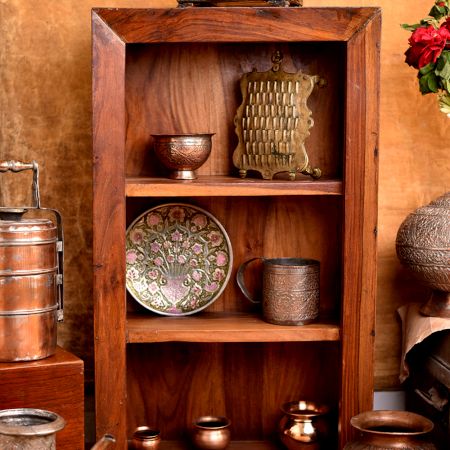
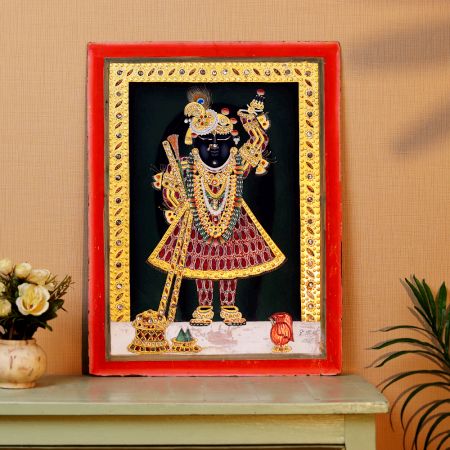
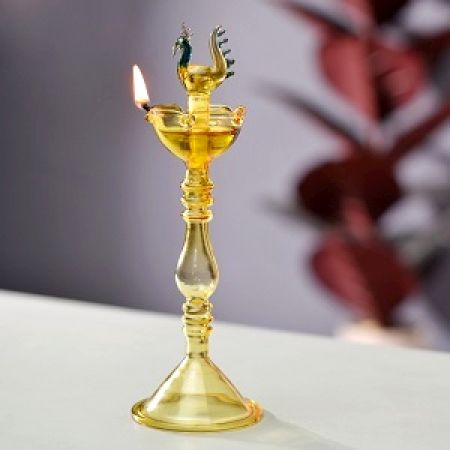



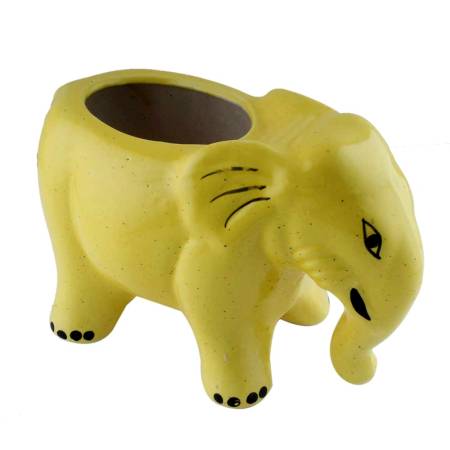
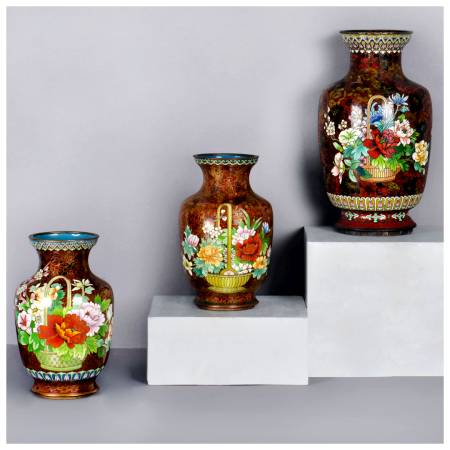
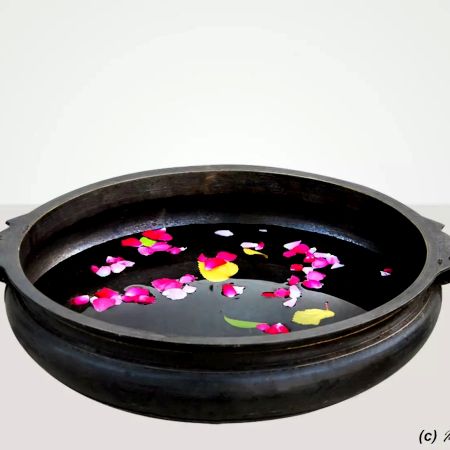

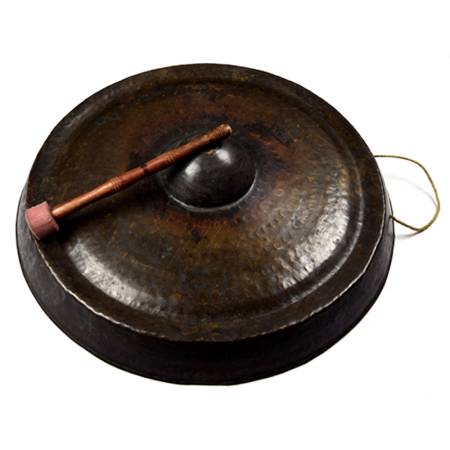




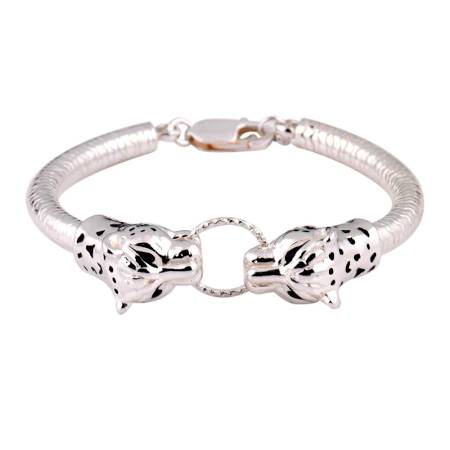


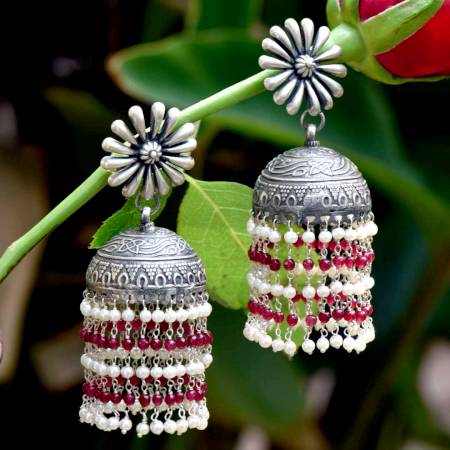
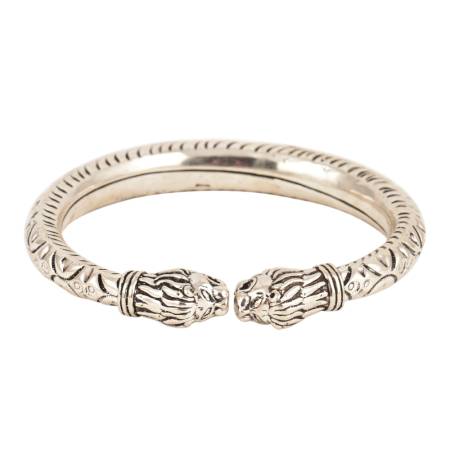







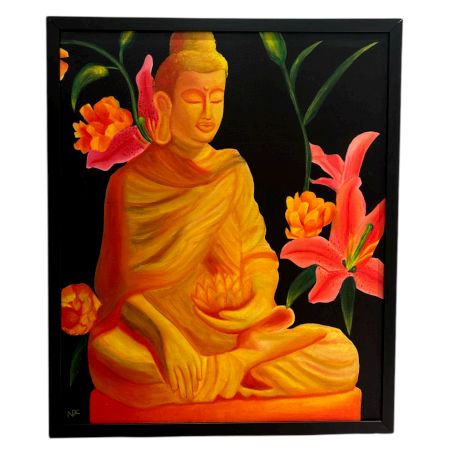


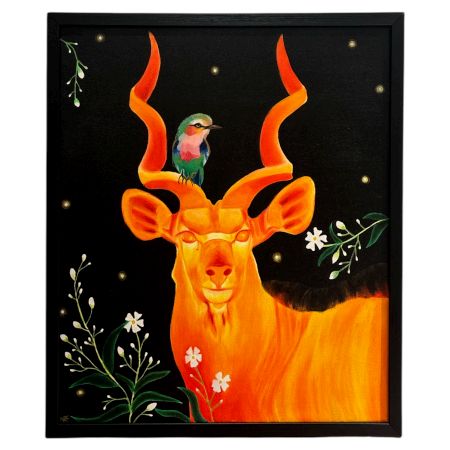
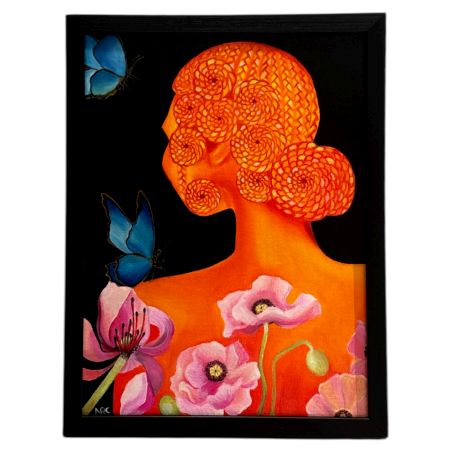

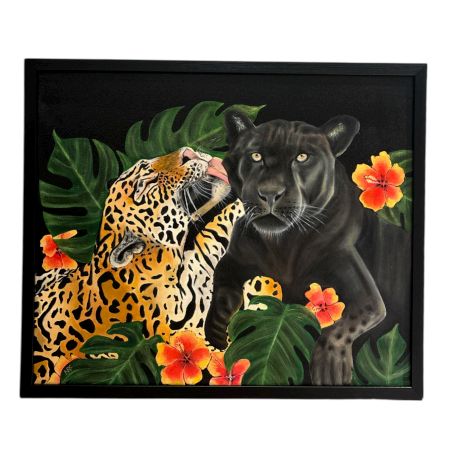
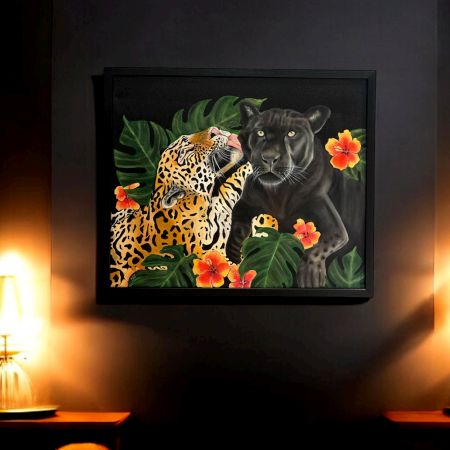




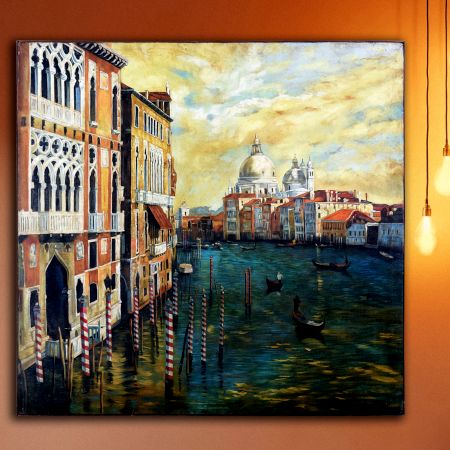
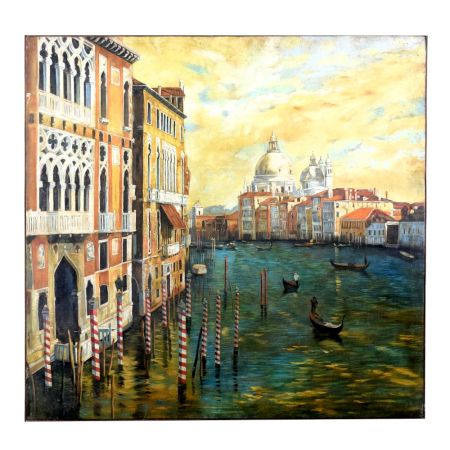
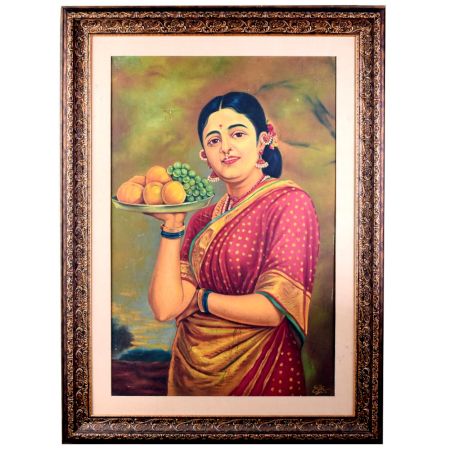
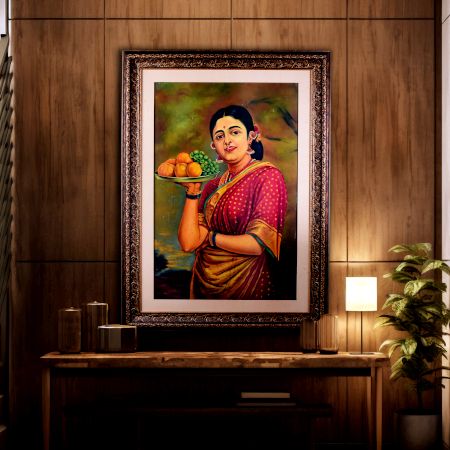
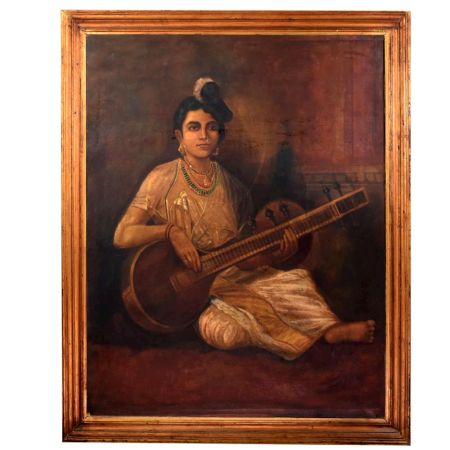
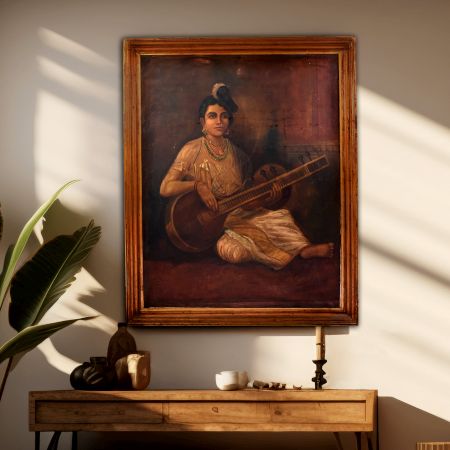
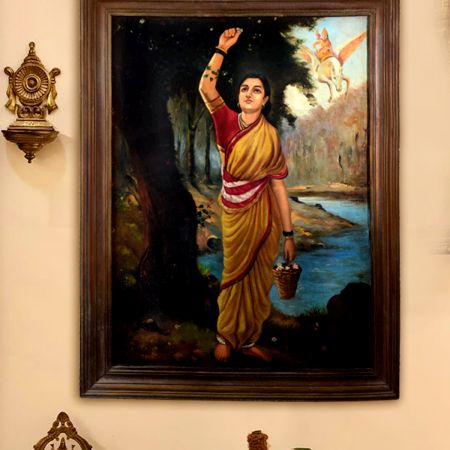
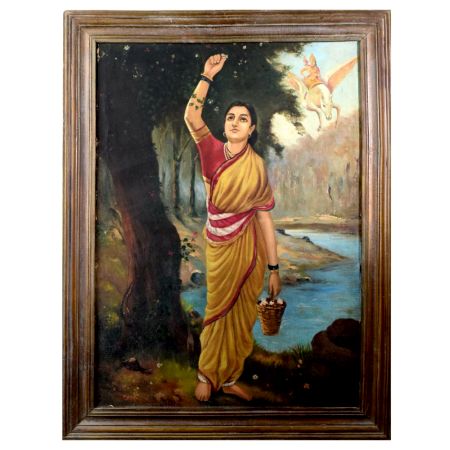

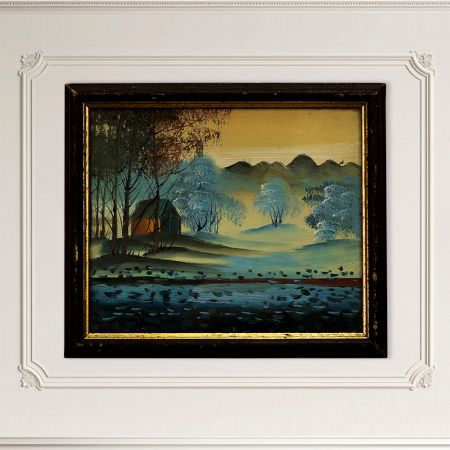








.jpg?ver=1.7)
.JPG?ver=1.7)
.JPG?ver=1.7)
.JPG?ver=1.7)
.JPG?ver=1.7)
.JPG?ver=1.7)
.JPG?ver=1.7)
.JPG?ver=1.7)
.JPG?ver=1.7)
.JPG?ver=1.7)
.JPG?ver=1.7)
.JPG?ver=1.7)
.JPG?ver=1.7)
.JPG?ver=1.7)
.JPG?ver=1.7)
.JPG?ver=1.7)
.JPG?ver=1.7)
.JPG?ver=1.7)
.JPG?ver=1.7)
.JPG?ver=1.7)
.JPG?ver=1.7)
.JPG?ver=1.7)
.JPG?ver=1.7)
.JPG?ver=1.7)
.JPG?ver=1.7)
.JPG?ver=1.7)
.JPG?ver=1.7)
.JPG?ver=1.7)
.JPG?ver=1.7)
.JPG?ver=1.7)
.JPG?ver=1.7)
.JPG?ver=1.7)
.JPG?ver=1.7)
.JPG?ver=1.7)
.JPG?ver=1.7)
.JPG?ver=1.7)
.JPG?ver=1.7)
.jpg?ver=1.7)
.jpg?ver=1.7)
.jpg?ver=1.7)
.jpg?ver=1.7)
.jpg?ver=1.7)
.jpg?ver=1.7)
.jpg?ver=1.7)
.jpg?ver=1.7)
.jpg?ver=1.7)
.jpg?ver=1.7)
.jpg?ver=1.7)
.jpg?ver=1.7)
.jpg?ver=1.7)

.jpg?ver=1.7)
.JPG?ver=1.7)
